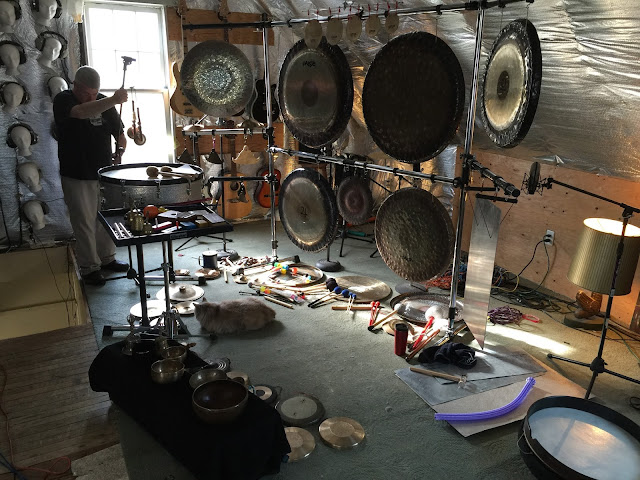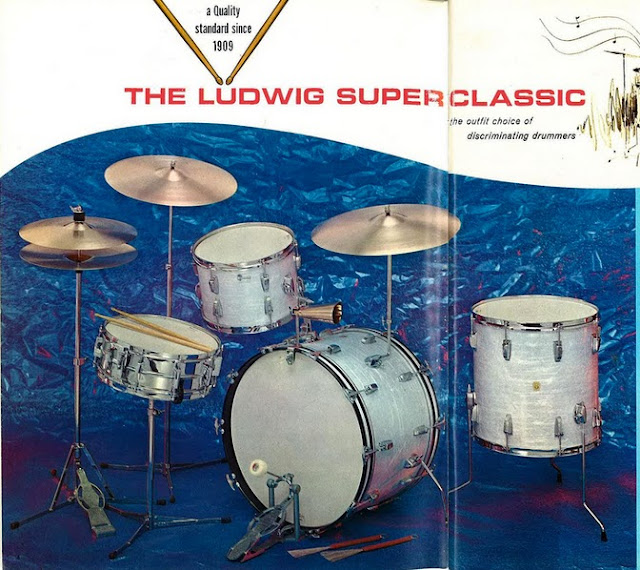Life, And Percussion, Both Go On
Sooooooo, it's been a bit over 5 months since I've posted anything here. After 263 (!) posts and nearly 7 years, a lot of things happened. My life got busier and changed course a few times. I had/have weird health issues which have basically put my life on hold the past 3+ months. I had a lot of ideas I was working on, but somehow couldn't complete. My, “I'll finish it tomorrow,” became next week, next month, and soon, next year. Writing a blog isn't easy. It takes a lot of time, effort, and you need to keep coming up with ideas. And the over achieving writer that I am, I had 3 blogs. I eventually retired 1, but then started another (don't ask why). So these 3 blogs have constantly tugged at my pants leg, like pets insisting on being fed all the time. Something had to give That something was this blog, which just kept moving further out of reach, until I needed a telescope to even locate it on the distant horizon. But I never meant to let it go (really)...









